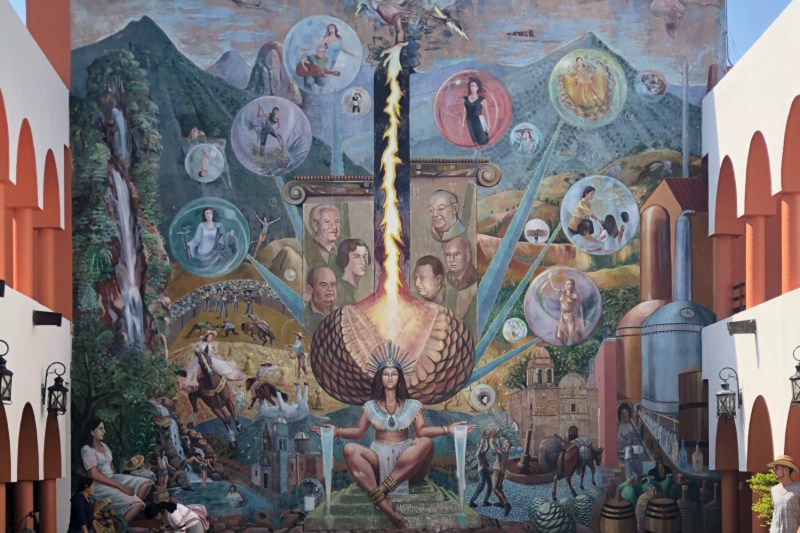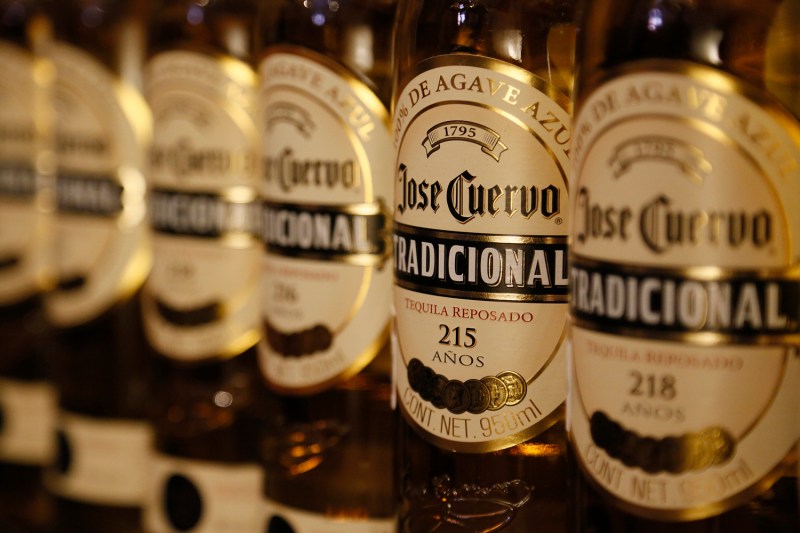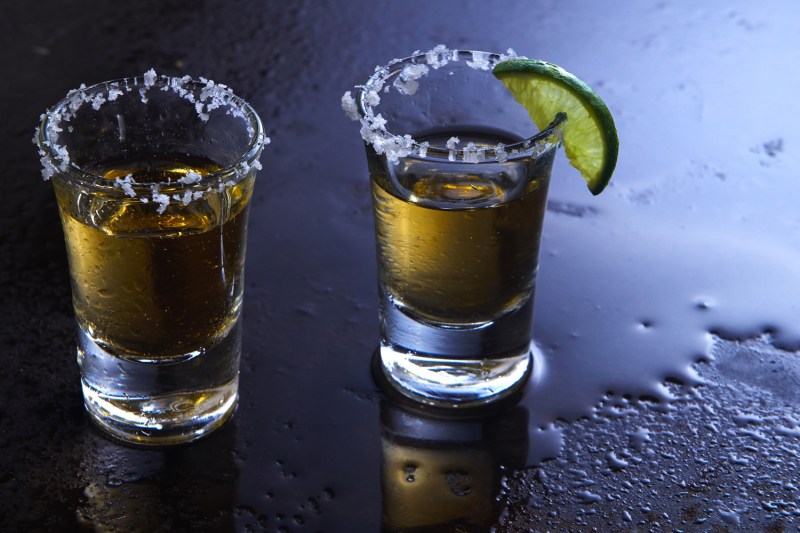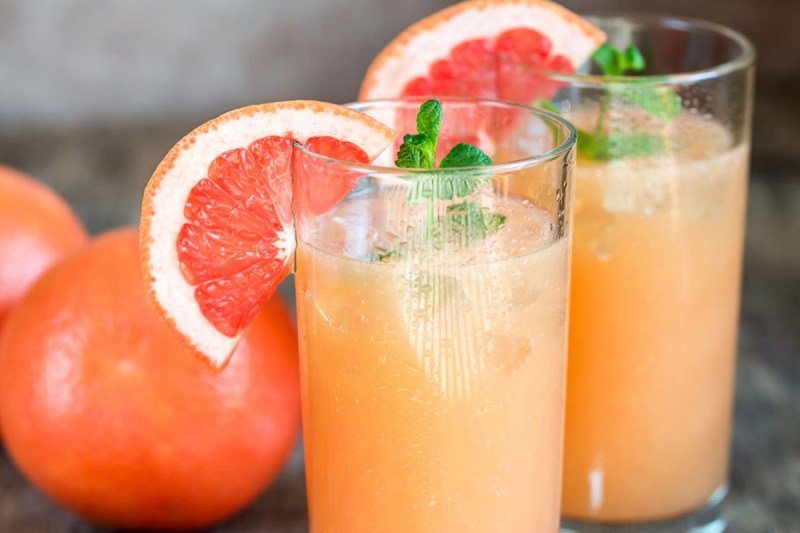
Tequila has been growing in popularity since the early 2000s, and it seems there’s no sign of it slowing down. After all, tequila is among the most widely consumed liquors on the planet. But what is it exactly?
Tequila is a fermented drink made only from the blue agave plant. It is similar to pulque, the precursor to tequila and mezcal. Pulque is also made from the agave plant and has a milky white viscous appearance. Another agave plant product is mezcal but its production involves dozens of varieties of agave plants.
The Spanish were responsible for the distilling and mass production of tequila. Since then, its popularity has continued to grow. It became so popular that in 1974, the Mexican government decided to protect the name Tequila and limited the production of tequila to only a handful of regions in Mexico. This means you cannot call tequila “tequila” unless it is made in the town of Tequila or in one of the designated states in Mexico. So, what is the rich history of tequila? Keep reading to find out more.
Where did tequila come from?

Santiago de Tequila, better known as Tequila, is the birthplace of the fermented drink made from the blue agave plant. Although people inhabited the area around Tequila, it was officially founded in the 1500s by Franciscan monks. It didn’t receive city status until the mid-1800s after the Mexican War of Independence.
Tradition has it that each night at 9 p.m., the priest blesses the town by ringing the church bell three times and presents a holy cross to the cardinal points. Every townsperson stops what they are doing and stands for the blessing. The television, radio, or whatever they are using is turned off during the blessing.
The city of Tequila was named a Pueblo Mágico, or Magical Town in 2003, which led to it becoming a World Heritage Site in 2006. The Tequila Route is a tourist destination that was also organized in 2006 to promote the popular drink. The only museum dedicated to tequila was established in 2000. The Cultural Center has a spot on the corner of the town square and is across the street from Cholula Original Hot Sauce.
On the route, you can take the Tequila Express train through tequila country and tour the lands. There are also several tourist attractions along the way. You can visit the only hotel and working distillery located at Matices Hotel de Barricas and sleep in a giant tequila barrel. Tequila is just west of Guadalajara and is also the sister city of Cathedral City, California. Cathedral City holds an annual celebration named Taste of Jalisco every year.
The world’s top 5 selling tequilas

These tequilas are actually produced in the state of Jalisco, in or around the town of Tequila. Some of them have storefronts to visit, taste, and of course, buy a bottle of tequila while visiting the town of Tequila. Tequila can range from very cheap to luxury priced. A bottle of tequila once made its way into the Guinness Book of World Records for selling at the highest price of $225,000.
Jose Cuervo

Jose Cuervo is the number one tequila worldwide by volume of sales. It is a Mixto tequila which means it is made from 51% or more agave and roughly 49% fermented sugar cane juice.
Patrón

The brand handcrafts its barrels, bottles, and corks. It is considered a premium brand because of its popularity and marketing strategies.
1800

1800 is owned by the Jose Cuervo brand and is actually named after the year they began aging tequila in oak casks.
Don Julio

Don Julio is the largest brand of tequila even though Jose Cuervo is the number one company by sales. It is named after its founder and his sons created the brand to celebrate their father’s 60th birthday. It is distilled twice but goes directly to bottling instead of aging in barrels. To celebrate the brand’s 70th anniversary, they created Tequila Don Julio 70. This tequila is distilled twice, aged for 18 months in American white oak barrels and then charcoal filtered to highlight the crisp agave flavor.
Sauza

Sauza was founded by Don Cenobio Sauze and passed down to his son, and then his grandson creating a legacy brand that was known for being one of the highest quality tequilas in the world.
How to drink tequila

There are several ways to drink tequila, and the most popular is the margarita. When not using tequila for margaritas, the other option is to drink it neat, mostly from a shot glass. Tequila is becoming increasingly popular, and bartenders are finding new ways to incorporate it into their repertoire.
The most popular tequila cocktails

In addition to drinking tequila straight with a salted rim, here are some of the most popular tequila cocktails.
- Margarita: This classic cocktail is the undisputed king of tequila drinks. It’s a simple yet refreshing combination of tequila, lime juice, and orange liqueur (usually Cointreau or Triple Sec). You can rim the glass with salt for a salty-sweet flavor profile.
- Paloma: This is a grapefruit-based tequila cocktail that’s perfect for a hot summer day. It’s made with tequila, grapefruit soda (like Jarritos), lime juice, and a pinch of salt.
- Ranch Water: This is a simple and refreshing highball cocktail made with tequila, lime juice, and Topo Chico sparkling water.
- Tequila Sunrise: This beautiful, layered cocktail is made with tequila, orange juice, grenadine, and lime juice. The grenadine sinks to the bottom, creating a sunrise effect.
- Bloody Maria: This is a tequila twist on the classic Bloody Mary. It’s made with tequila, tomato juice, lime juice, Worcestershire sauce, hot sauce, and spices.
On a side note, the Mexican government approved National Tequila Day in 2018, which is celebrated throughout the country on the third Saturday in March. In the U.S., we, of course, celebrate Cinco de Mayo, but we also have our very own National Tequila Day, which is held on July 24. Three great occasions to enjoy a nice tequila-based cocktail no matter how you like it.



